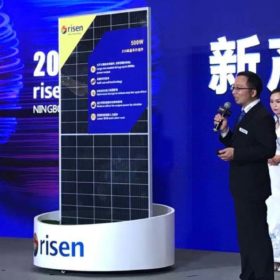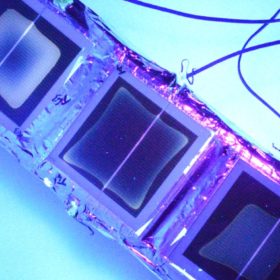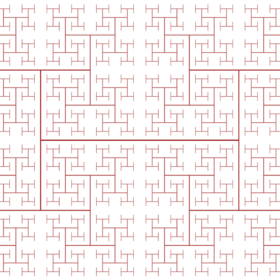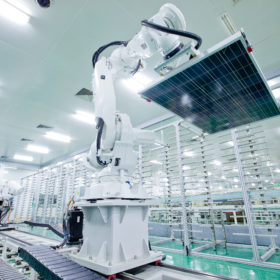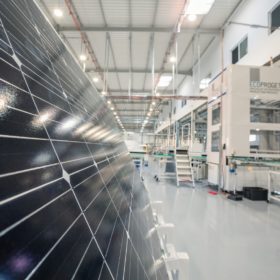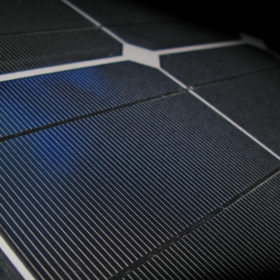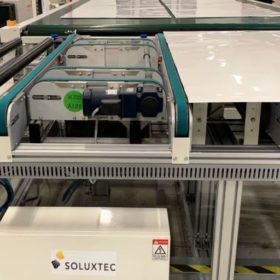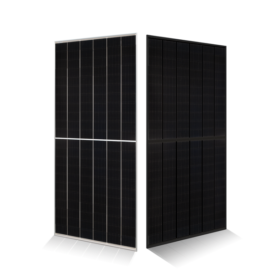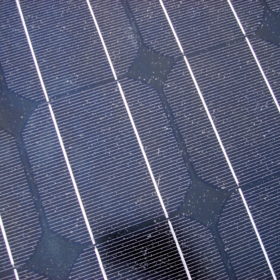‘First shipment of 500 W modules’ announced
Chinese manufacturer Risen Energy will supply Malaysia’s Tokai Engineering with 20 MW of its new panels, unveiled in December. Risen claims its products can help reduce balance-of-system project costs by 9.6% and the levelized cost of energy by 6%.
Identifying early-stage discoloration in EVA encapsulants
A new, non-destructive method has been proposed by researchers in India who say identifying early-stage discoloration in EVA encapsulants can help detect degradation in solar panels before power output is affected. The scientists used an ultraviolet accelerated aging test during 34 days on three encapsulant samples.
New fractal solar panels combine efficiency and aesthetics
Researchers from the United States have proposed a new electrode design for fractal solar panels that combines the typical aesthetic advantages of the technology with the efficiency of busbar design. The proposed pattern is based on the fractal tree structure known as H tree, or T-branching, which is a geometric shape consisting of a repeating pattern that resembles the letter H. The hybrid H-tree/busbar pattern showed power losses that are close to those of standard busbars.
Jinko profits surge in 2019
The Chinese manufacturer shipped 14.3 GW of PV modules last year, up 2.9 GW from 2018. In its 2020 outlook, it reiterated its initial shipment guidance and confirmed its plans to ramp up capacity.
A new module factory in Bahrain
Italian company Ecoprogetti will supply the production equipment to Bahrain-based module producer Solartecc. Output is set to begin in the third quarter.
Kenyan utility launches tender for PV panel factory
The electricity company wants a solar module fab at its Tana Power Station in Murang’a county. The factory would have an initial annual production capacity of 10 MW.
German module maker increases production capacity
Soluxtec is almost trebling output capacity at its 200 MW fab in the Eifel region. The Luxembourg-owned manufacturer says it wants production capacity of 550 MW for monocrystalline PERC modules and special formats this year.
Casting light on backsheet degradation
A U.S. research team has discovered that backsheets are most affected by cracking and degradation on inner layers, as such areas tend to become more rigid. The scientists have also discovered that degradation is accelerated by chemicals descending from the solar cells’ EVA encapsulant to the backsheets themselves.
Jinko Solar launches new all-black module
The new n-type panels, which offer 405 W of power output and an efficiency rate of 21.22%, are designed for the residential PV segment.
A new PV emulator to evaluate the I-V profile of solar panels
The device is based on a state-feedback adaptive control system in a real-time controller. According to its developers, it can achieve good dynamic response and boasts better bandwidth than current commercial alternatives.
